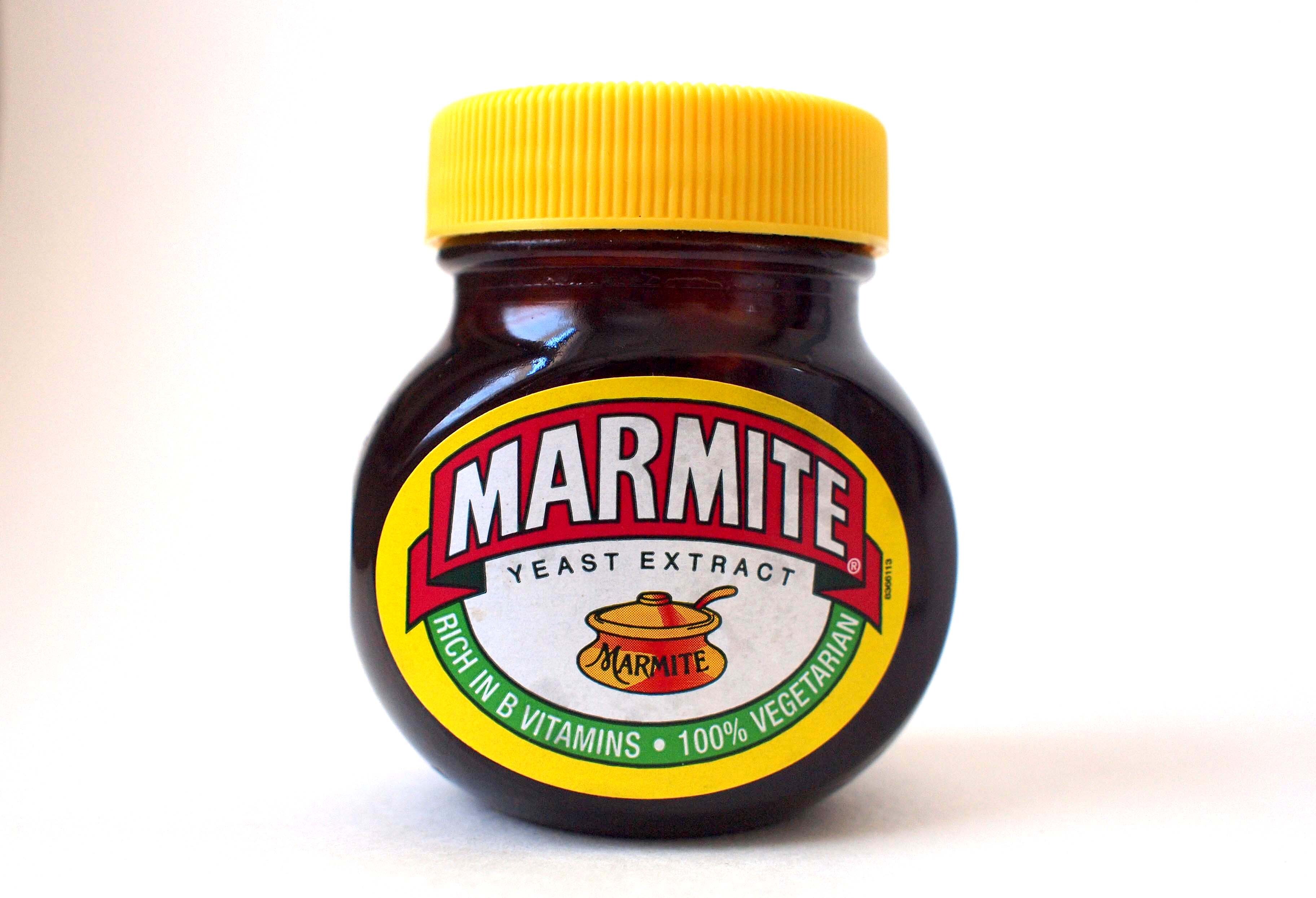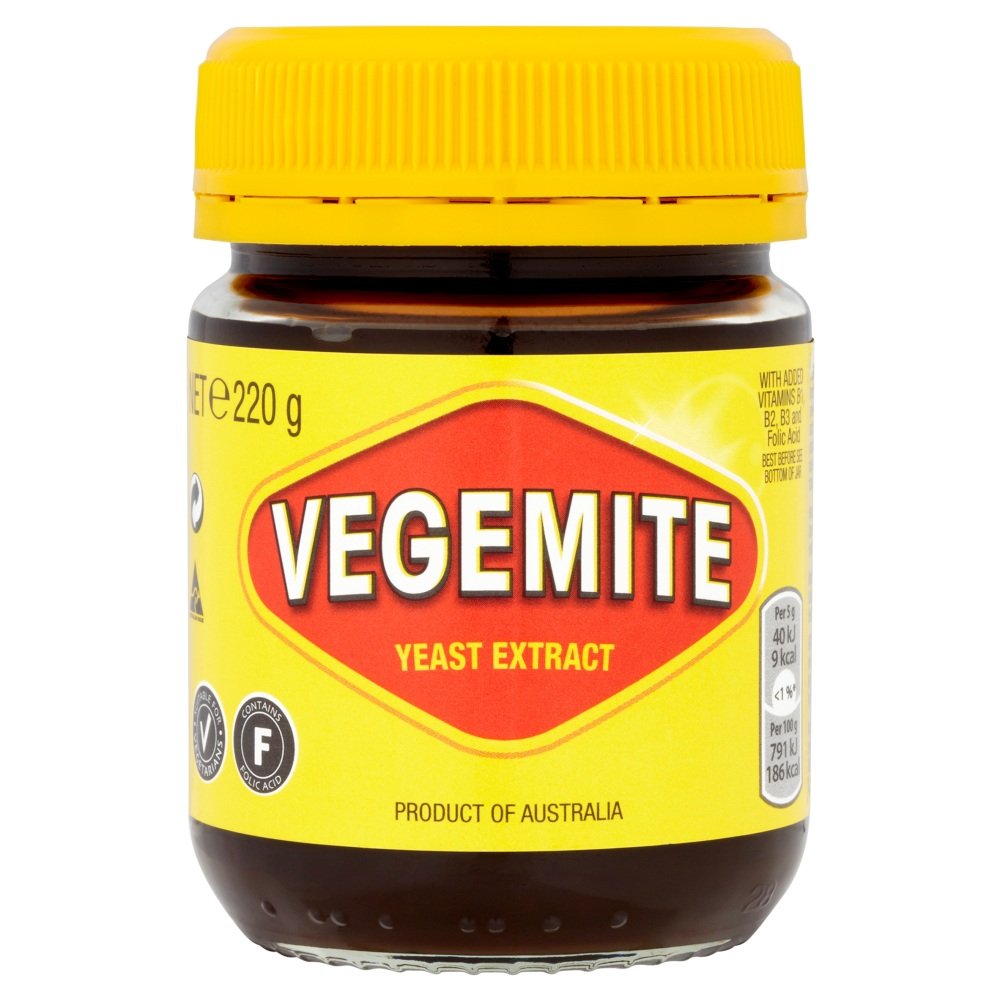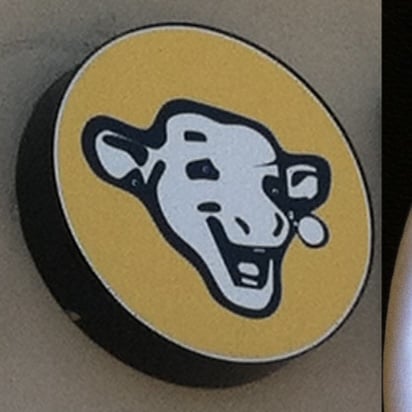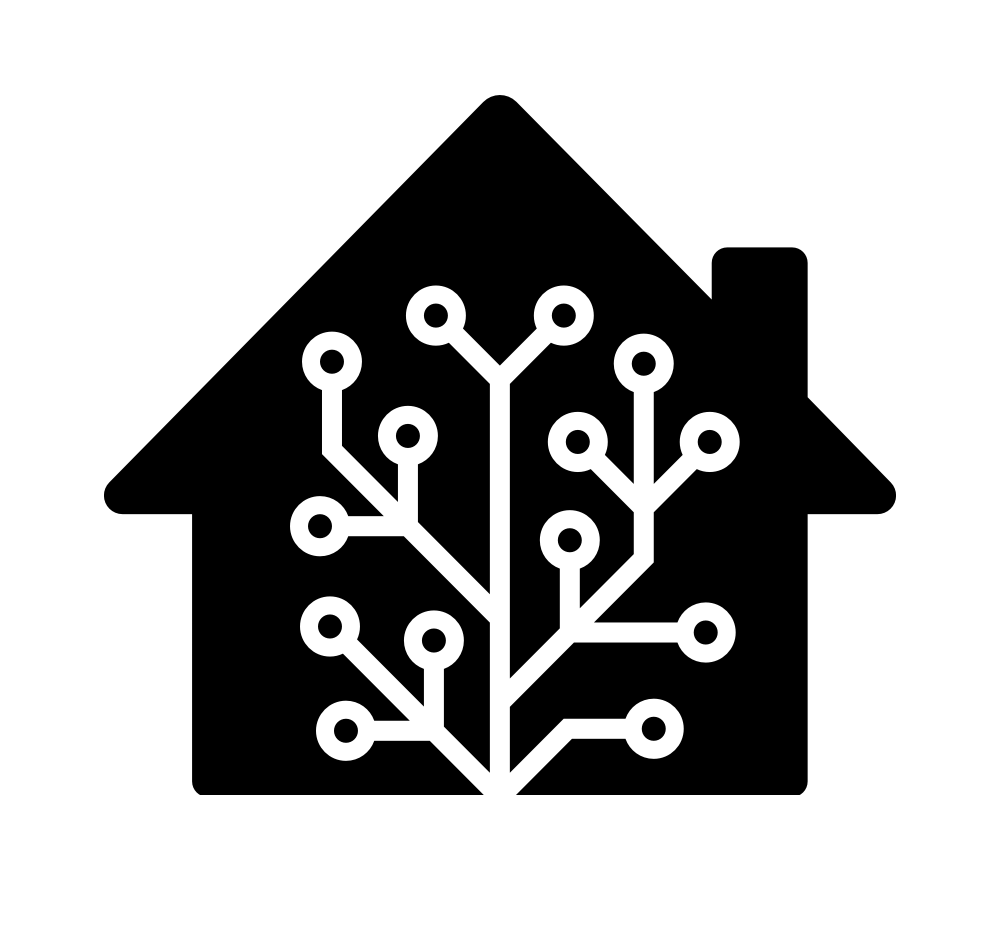I’m the only non-MAGA with a ham license in 4-land.
Precisely why it wasn’t worth my time any more. Trolling was fun for a bit, but that got old too. Breaking a conversation to spoil conspiracy talks with well placed facts tends to ruffle a few feathers, it seems.
Still though, the late night party conversations are fun to listen to in the Denver area. People don’t hide the fact that we have many legal drugs and a massive supply of craft beer.



















Uh, the cat says its 9:15.